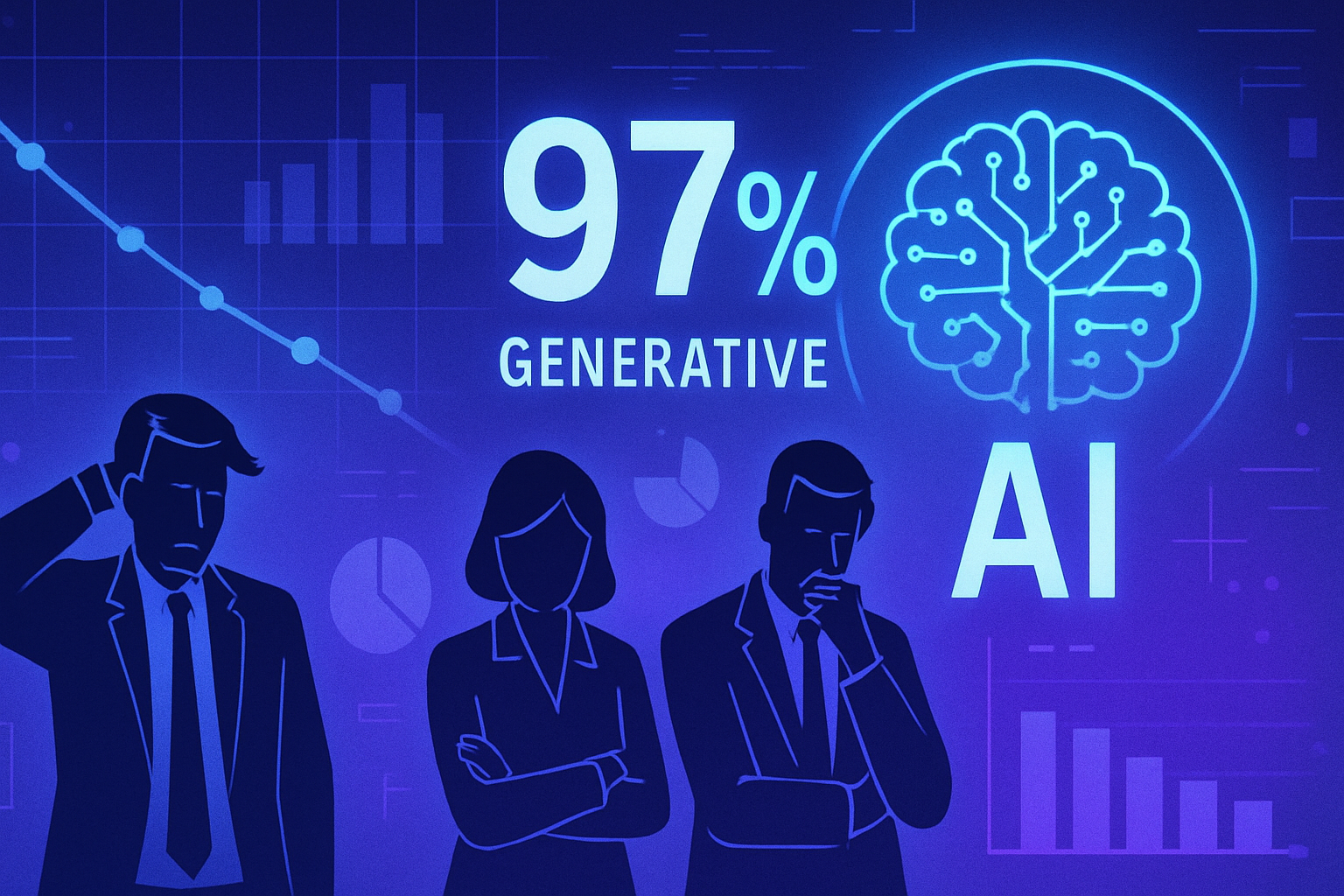The analysis of human interactions with ChatGPT reveals unexpected dimensions. The types of requests made by users frequently transcend traditional categories. The importance of search intentions becomes clear when evaluating the interactions between AI and users.
This phenomenon highlights varied user profiles, where age and social context play a crucial role. Assessing these elements allows for an understanding of why innovative approaches are necessary to effectively address the current challenges of this new digital ecosystem.
Semrush analyzed over 80 million clickstream data to examine the differences between ChatGPT Search and Google, particularly regarding search intentions.
/ Published on February 4, 2025, at 11:31 AM
User Profiles and Search Intent
A study conducted by Semrush reveals several facets regarding ChatGPT users. Demographic data shows a younger audience, with 46.7% of users aged between 18 and 24, compared to only 24.7% for Google. This audience is predominantly male, with 59% men.
Request Differences between ChatGPT and Google
Requests on ChatGPT display a complexity that distinguishes them from traditional searches performed on engines like Google. ChatGPT users often submit more developed prompts, especially when using the tool without the search functionality activated. When the latter is disabled, the average length of requests reaches nearly 23 words, while it drops to 4.2 words when the search is activated.
Categorization of Search Intentions
Semrush has demonstrated that search intentions on ChatGPT are difficult to classify. Traditionally, search engines like Google categorize requests into four types: navigational, informational, commercial, or transactional. On ChatGPT, only 30% of prompts fit into these categories. Thus, 70% of requests escape this classification, illustrating unique intentions often related to exploration or problem-solving.
The Impact of Prompt Length on Results
The length of prompts plays a significant role in the nature of the results offered by ChatGPT. The use of the search function alters user behavior: when the Search function is disabled, users formulate more detailed requirements. In contrast, with search activated, prompts become succinct and direct, often consisting of a few words aiming for immediate answers.
Analysis of Sources and Traffic Orientation
ChatGPT directs traffic to various sites. A study revealed that the conversational agent frequently redirects to educational sites and e-learning platforms, totaling 9 million sessions sourced from ChatGPT during the studied period. These numbers suggest that the tool guides users toward learning resources, thereby demonstrating an intention to enrich the educational experience.
Frequently Asked Questions
What types of requests do users submit to ChatGPT?
ChatGPT users submit a variety of requests, ranging from informational questions to specific requests for advice or creative ideas. Many of them are unique and do not fit traditional search categories.
How do users’ search intentions differ between ChatGPT and Google?
Unlike Google, where search intentions are typically categorized into four types (navigational, informational, commercial, or transactional), the majority of requests on ChatGPT escape these classifications, representing more exploratory or problem-solving needs.
Does the length of requests impact the quality of responses in ChatGPT?
Yes, the length of requests influences the quality of responses. More detailed requests tend to yield more targeted answers, while shorter requests, often stemming from the activation of search, provide more direct but less nuanced responses.
Can demographic trends be identified among ChatGPT users?
Yes, ChatGPT users tend to be younger, with a majority being male (59%), and the most represented age group is 18-24 years old. This demographic profile contrasts with the more diverse audience of Google.
Which industries benefit the most from the traffic generated by ChatGPT?
ChatGPT often redirects its users to educational sites and e-learning platforms, thus supporting learning and training activities, with a significant number of sessions measured in these industries.
What challenges are associated with categorizing requests on ChatGPT?
Requests on ChatGPT present a challenge due to their diversity and unique nature, making it difficult to classify them into traditional categories, indicating a use of the tool for more creative and personal interactions.
How do users of ChatGPT formulate their requests?
Users formulate their requests often using a direct style, especially when the search functionality is activated. This leads to prompts significantly shorter than those formulated without this option.
Are there notable differences in how younger and older individuals use ChatGPT?
Yes, younger users are more likely to use ChatGPT frequently and innovatively, while usage declines among older users, which may reflect differences in familiarity with technology.
What are the main takeaways from a study on ChatGPT usage?
Studies show that interactions with ChatGPT are often more exploratory than those with traditional search engines, indicating an evolution in how users approach information and solution-seeking.
How can users optimize their use of ChatGPT for more relevant results?
Users can optimize their experience by formulating more detailed and contextual requests, activating web search when necessary, and exploring more creative interactions with the tool.






